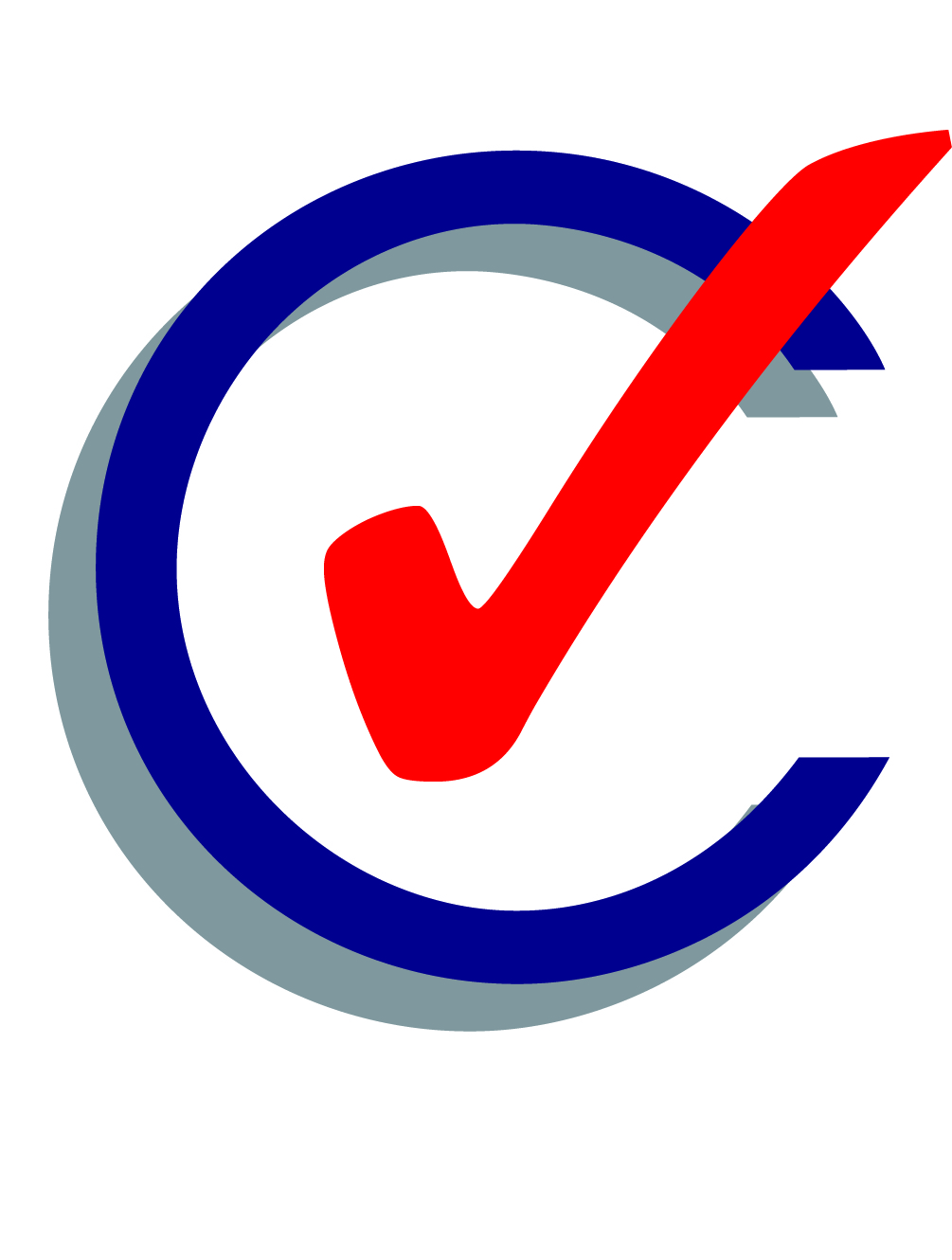How to Manage Long-Term Sickness

Inevitably, employees need to take sick leave. Sometimes, this involves long-term sickness absence.
An estimated 185.6 million working days were lost because of sickness or injury in 2022. This level is a record high. In addition, the sickness absence rate for those with long-term health conditions increased to its highest point since 2008.
These sobering statistics emphasize the importance of effective management of long-term sickness. Fair treatment of employees taking long-term sick leave is important to:
- protect staff morale,
- maintain productivity, and
- avoid discrimination claims.
Common Long-term Sickness Issues Working with several employers, the Consensus HR team is often asked about managing long-term sickness absence. Examples of common queries are:
An employee is signed off work as sick but social media shows they are on holiday and enjoying leisure activities. What should I do?
There is no legal requirement that an employee off sick must stay at home. Action would be informed by the reason for their sickness absence. In many cases – especially stress-related ones – it might be medically advisable for them to undertake some stress-relieving leisure activities. However, it would amount to misconduct or gross misconduct for an employee to take sick leave dishonestly when not genuinely unfit for work.
What happens to holiday entitlement when a staff member is on long-term sickness absence?
Employees on long-term sick leave can carry over 4 weeks’ unused holiday entitlement unless the employer allows more to be carried over. This holiday must be used within 18 months from the date it’s carried over.
What happens if an employee refuses to cooperate with occupational health or consent to a medical report?
When an employee’s health could affect their job or be affected by the work they do, their employer can ask them if they’ll agree to an assessment with an occupational health adviser. The employee does not have to agree to an occupational health assessment.
The occupational health adviser’s report can help the employer understand what their employee needs to:
- feel better,
- return to work,
- do their job, and
- avoid anything that could cause further health or absence issues.
The employee should be advised that the employer’s decision will be taken on the facts available and could result in their dismissal, potentially on the grounds of ‘incapacity’.
How do you deal with conflicting medical opinions about a long-term sick member of staff?
If two medical reports conflict the failure to investigate further (perhaps by way of a third report) could render a dismissal unfair, particularly where there is a substantial difference of medical opinion. One alternative is to ask the doctor (such as a GP) who provided the first report to review his report considering the opinion of the second doctor (which may be, for example, a consultant).
What help is there for small businesses that don’t have an occupational health service?
Smaller organisations might not have an occupational health policy or scheme. In this case, the employer should take the advice of both the employee and the employee’s doctor.
Can I dismiss an employee if they are still in receipt of company sick pay?
Termination of employment is possible for an employee on sick leave. The fact a dismissal takes place while the employee is still in receipt of company sick pay will not automatically make the dismissal unfair. However, this does not mean that it will be fair to dismiss once they have exhausted their sick pay entitlement. The key factor is the impact of their absence on the business and weighing this up against their rights to be treated fairly.
Are you concerned about managing long-term sickness absence in your business?
Contact the experts at Consensus HR. Let’s have an informal discussion about absence management without obligation. We’re here to help … to prevent people problems.
YOUR OUTSOURCED HUMAN RESOURCES DEPARTMENT.
For further information on any of the HR subjects we provide, please click the heading below:









